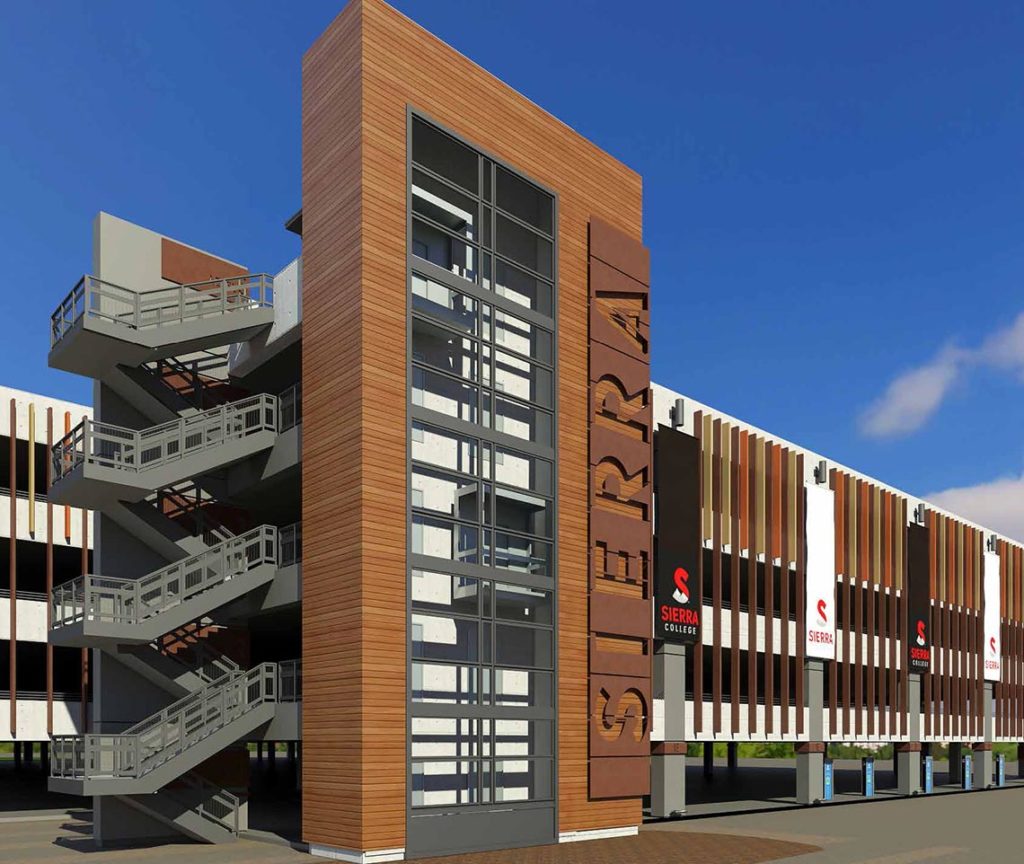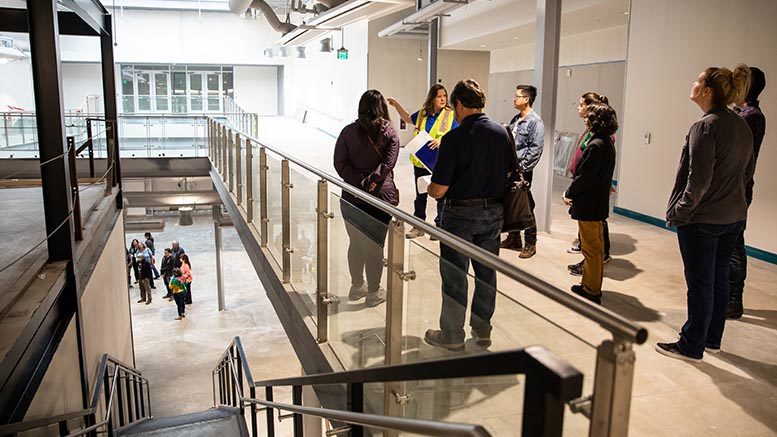Capital investment on community college campuses had grown increasingly tricky to calculate correctly even before the coronavirus pandemic, as enrollment fluctuated, more students took online courses and employer needs continuously changed.
To date, COVID-19 hasn’t radically altered anyone’s planning. But with that added factor thrown into the equation, college leadership must continue to “right-size” their campuses. This means envisioning needs years in advance, ensuring that facilities are flexible enough for changing requirements, figuring out what to do with buildings they don’t currently need, and keeping an ear to the ground to ensure they’re keeping in tune with their stakeholders.
This is an excerpt from an article in the current issue of the Community College Journal, which is published by the American Association of Community Colleges.
Willy Duncan, chair of the Community College Facility Coalition and superintendent/president of Sierra College in Rocklin, California, says that since construction has been able to continue under coronavirus restrictions, most colleges have told him their current projects are moving forward. Projects on his campus have done so, with the exceptions of some smaller, interior renovations that do not allow for proper social distancing.
“It is a local decision,” he says. “It does impose adjustments that have to be made on the ground. But also, you’ve got an empty campus. That allows for a little flexibility getting onto sites, using parking lots for staging.”
Time frames for some projects have slowed a bit, he adds.
Re-assess needs
HACC, Central Pennsylvania’s Community College, did a multi-million-dollar renovation three years ago and has no new buildings planned, although the college did have remodeling underway that’s come to a halt, says President John “Ski” Sygielski. And HACC is reexamining all potential construction and remodeling programs, such as an investment in smart classrooms, that was slated to move forward in the near future.
“We’re looking at this as a time that’s going to help us reinvent,” he says. “These are unprecedented times. How are we doing things differently? … We are looking at possibly reduced state funding, we’re looking at reduced local funding. We’re pleased that we have a board that was pretty conservative, financially.”
Texas’ Austin Community College District (ACC) has seen impacts on the timing of three major projects currently underway but isn’t rethinking whether it needs those projects, says Neil Vickers, vice president of administration and finance.
“Not at all,” he says. “They weren’t really tied to these big future plans of, ‘If we build this, we can add 5,000 students.’”
For example, Vickers says, a gut rehab for one building on the Rio Grande campus was needed to support programming already in existence.
To date, the only impacts of COVID-19 have been on the pace of projects, due to social distancing measures, and in some cases due to supply chain issues, he says.
“With fewer people who can be there, the work gets slower,” Vickers says. “We went through a four- to six-week period of significant delays in getting materials on site. That’s improved. Good progress is being made, and the projects will be done when we need them.”
Building in flexibility
At Stanly Community College in Albemarle, North Carolina, the pace of construction and renovations picked up this spring due to the low traffic on campus, President John Enamait says. The college has completed a project to address water runoff, replaced three chillers reaching the end of their useful lives, and installed a raft of security measures including access control doors, cameras and a ramped-up emergency broadcast system.
“Stanly has done an exceptional job in transitioning courses to online in the spring. We only had 12 students withdraw,” he says. “We were able to transition because the pandemic hit later in the semester. But a number of these programs simply cannot be taught online. We recognize that, in light of the pandemic, we’re going to need the physical space.”

Given ever-changing technology and employer needs, campus construction needs to build in flexibility wherever possible, envisioning the long-term viability both structurally and pedagogically, says Duncan, whose campus keeps a database of all facilities.
“If it was built 50 years ago, is it still a relevant building, or does it need significant modifications?” he says. “We look at our space, and track our classrooms, offices, lab space, look at our enrollment, look at our instructional programs and try to plan it out.”
Given that buildings take a decade to plan, and it’s hoped that they will last for 50 years, it’s impossible to predict everything a campus is going to need, Duncan says, which is why flexibility is important.
“It’s one of those things we talked about initially with COVID-19. Over the next year, year and a half, we need to go back through our master plan and see if there’s additional flexibility we can build into existing facilities,” he says.
Duncan recommends that colleges not make long-term decisions based on what they’re seeing during COVID-19 because prognostications aside, no one knows the extent to which the experience with online learning will prompt students to want more of it in the future, vs. a return to the physical classroom.
“Facilities planning is a really lengthy process,” he says. “Online education is going to always be there, and it’s going to play a role, but I don’t think it’s going to replace what we do face-to-face.”

